The difficult path to climate neutrality
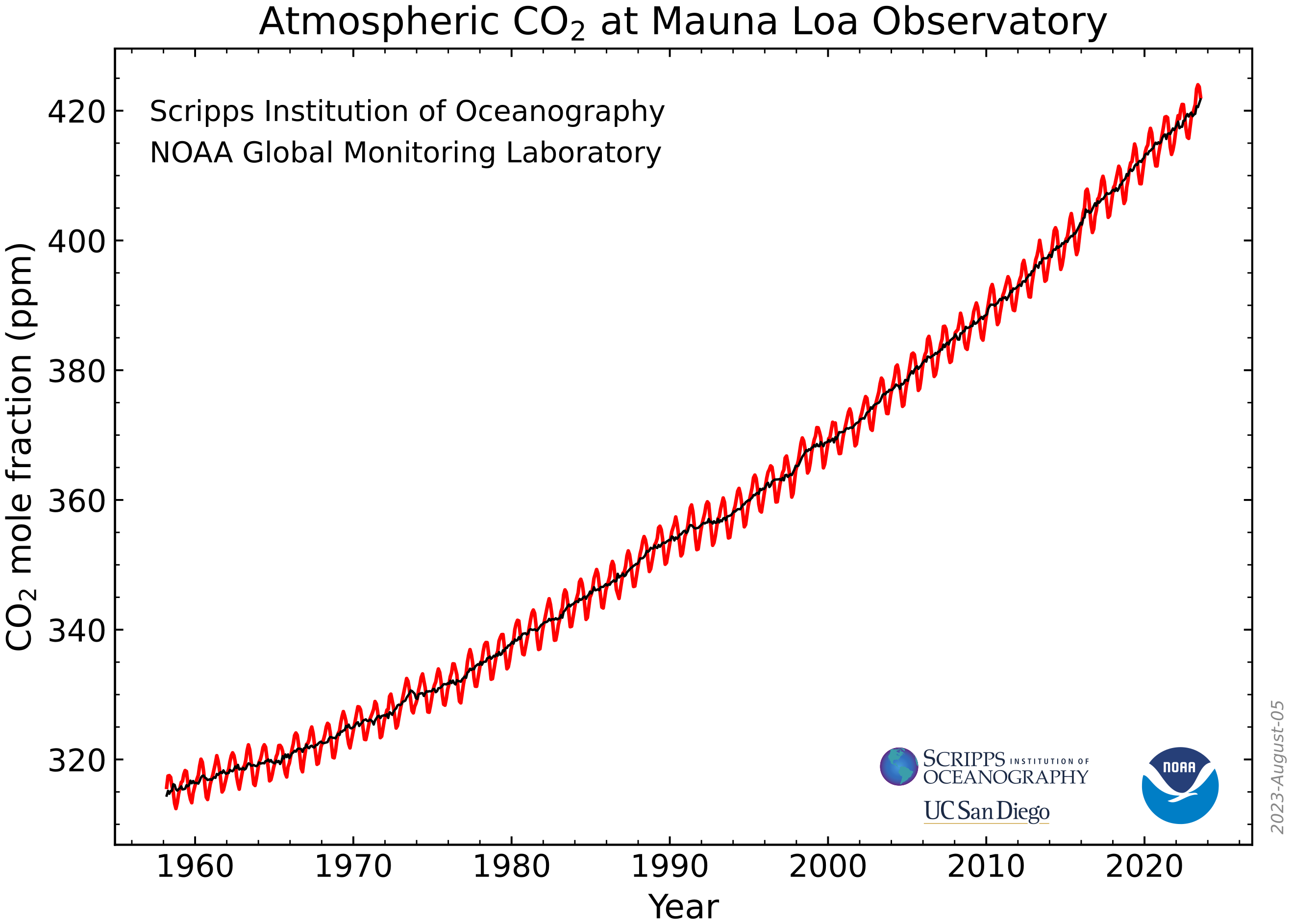
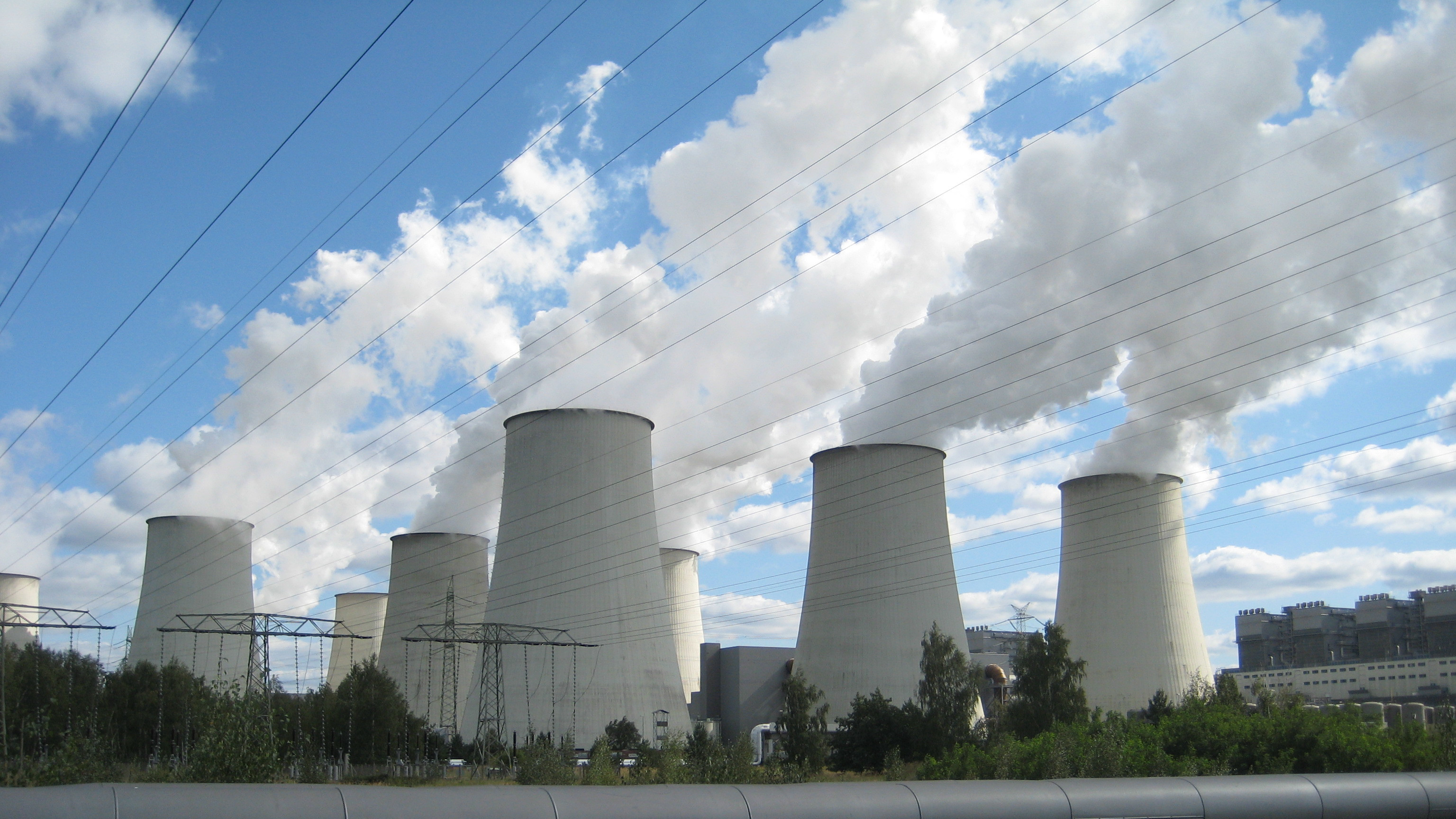

 Steel
Steel Cement
Cement Paper
Paper Plastics
Plastics Aluminium
Aluminium Glass
Glass Aviation
Aviation Shipping
Shipping Agriculture
AgriculturePlastics

Steam Cracker
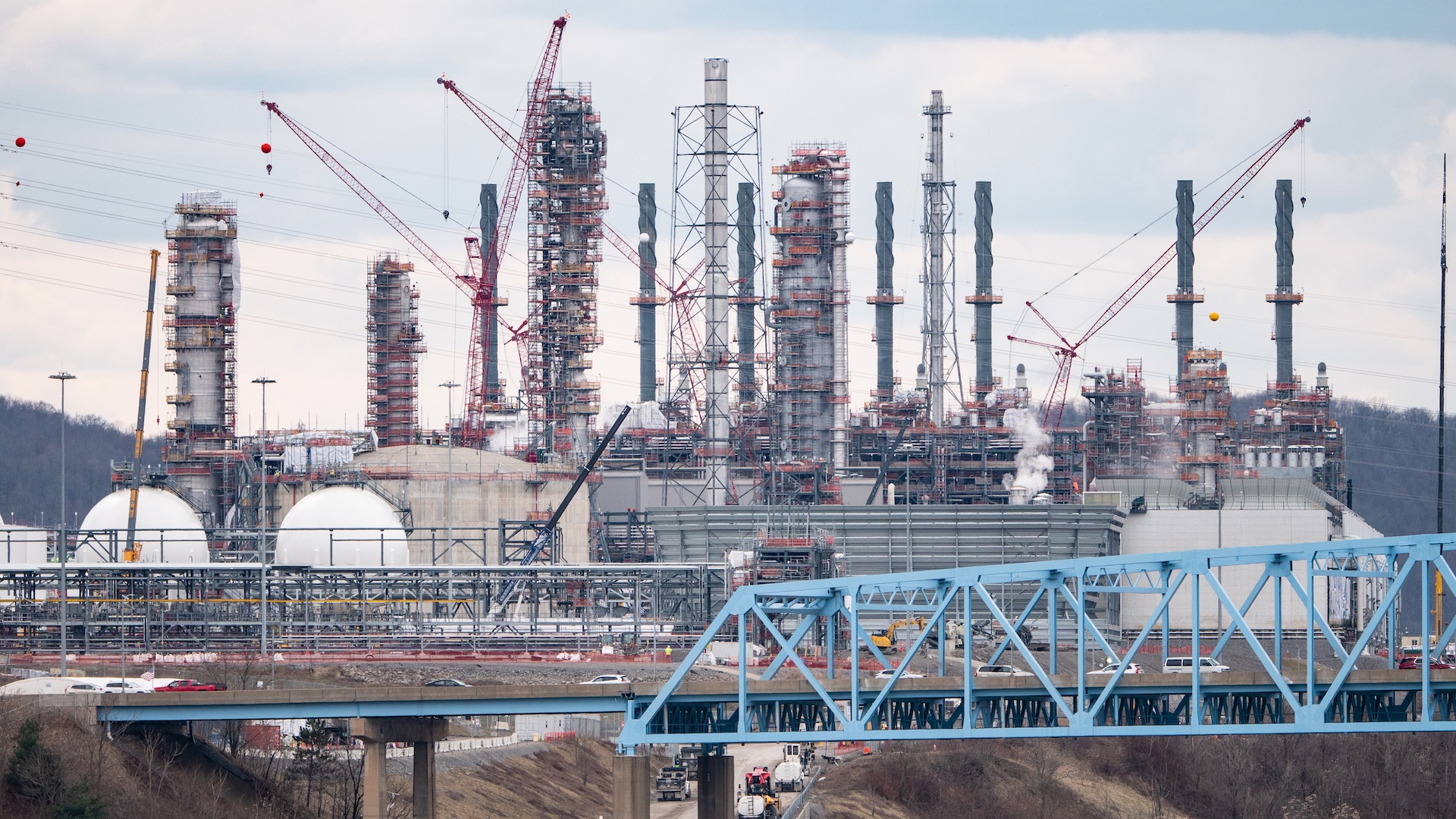
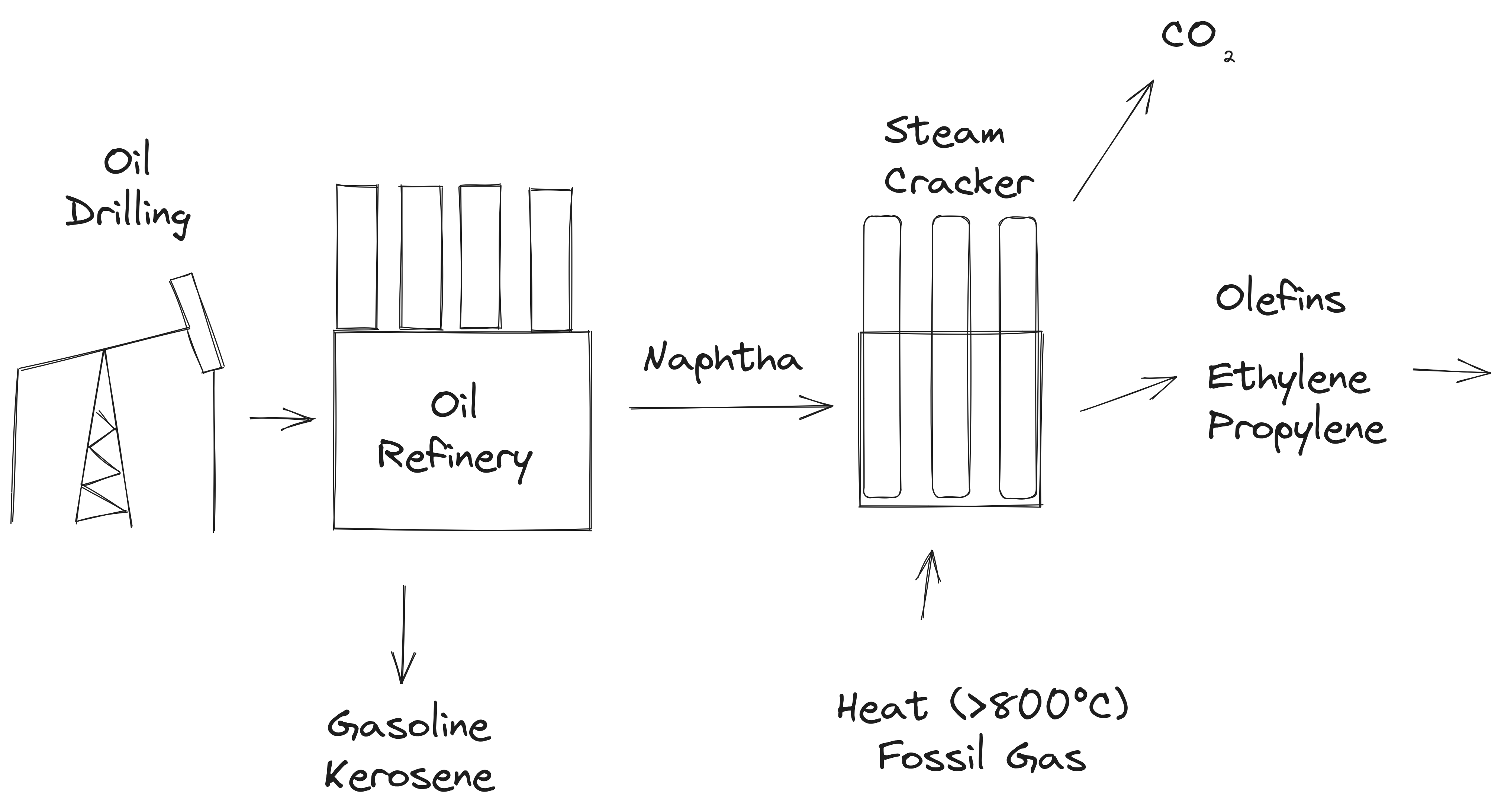
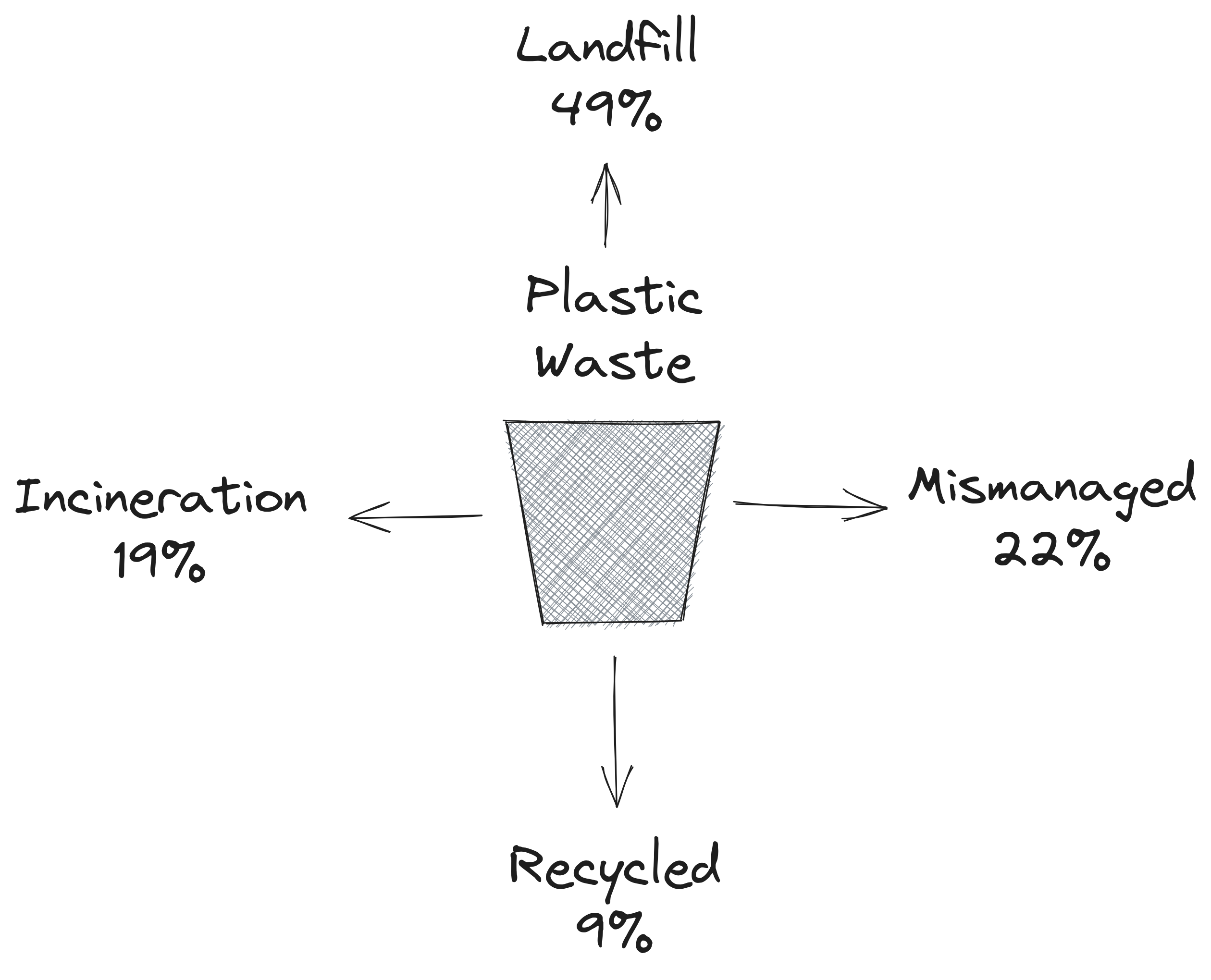
Mismanaged
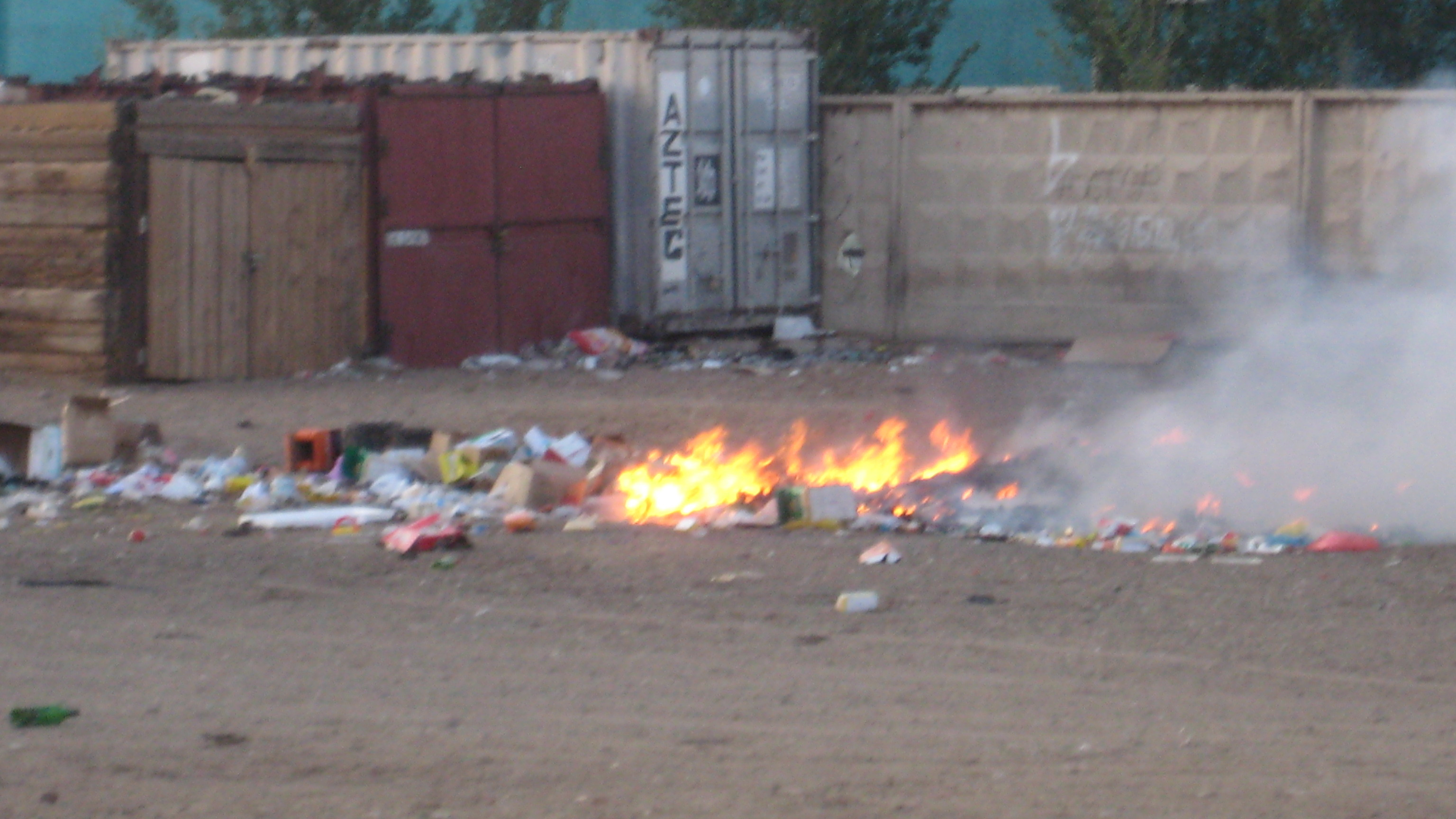
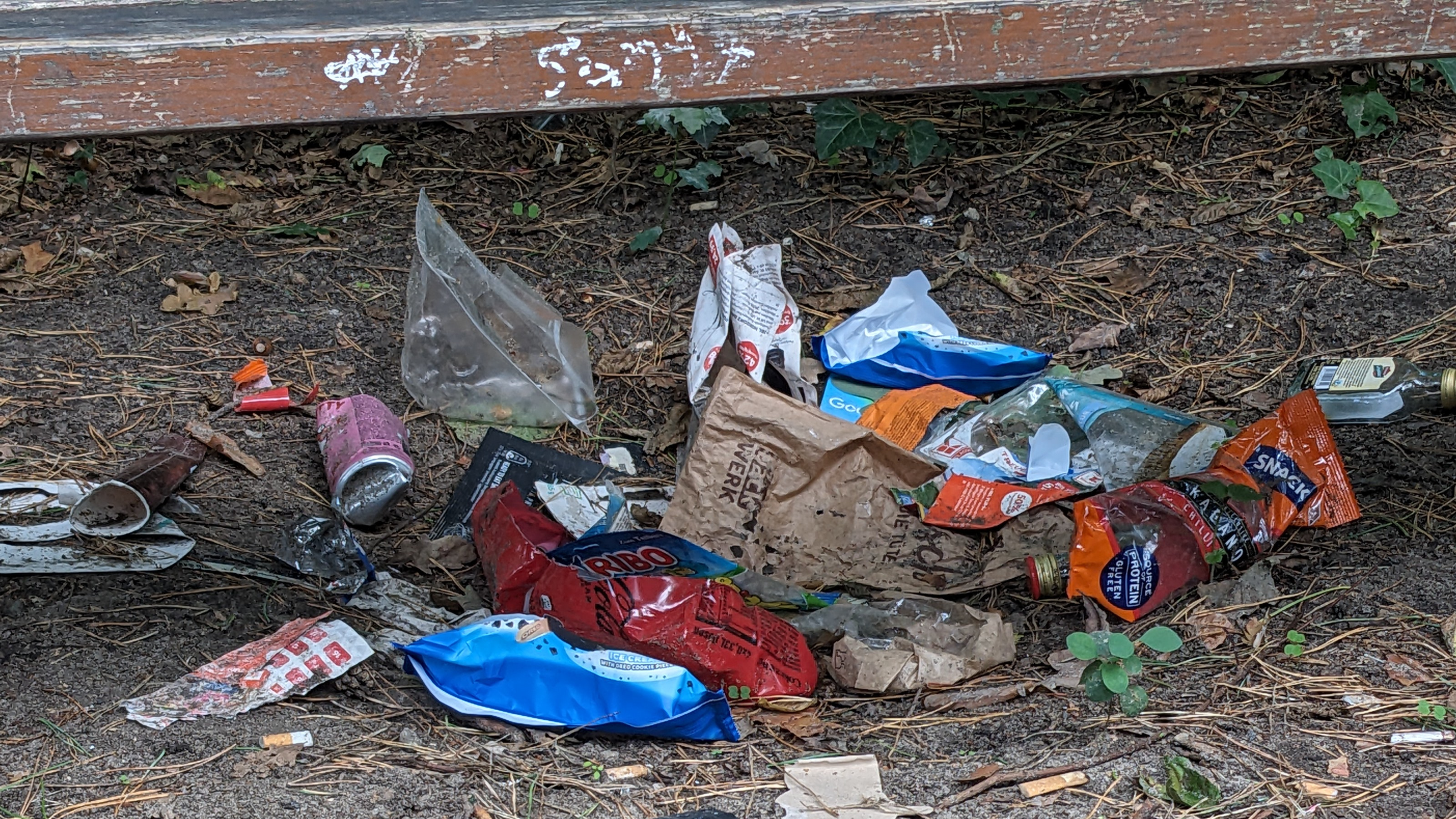
Plastics can degrade to Methane and Ethylene

Landfills are a major source of Methane emissions
Waste Incinerators
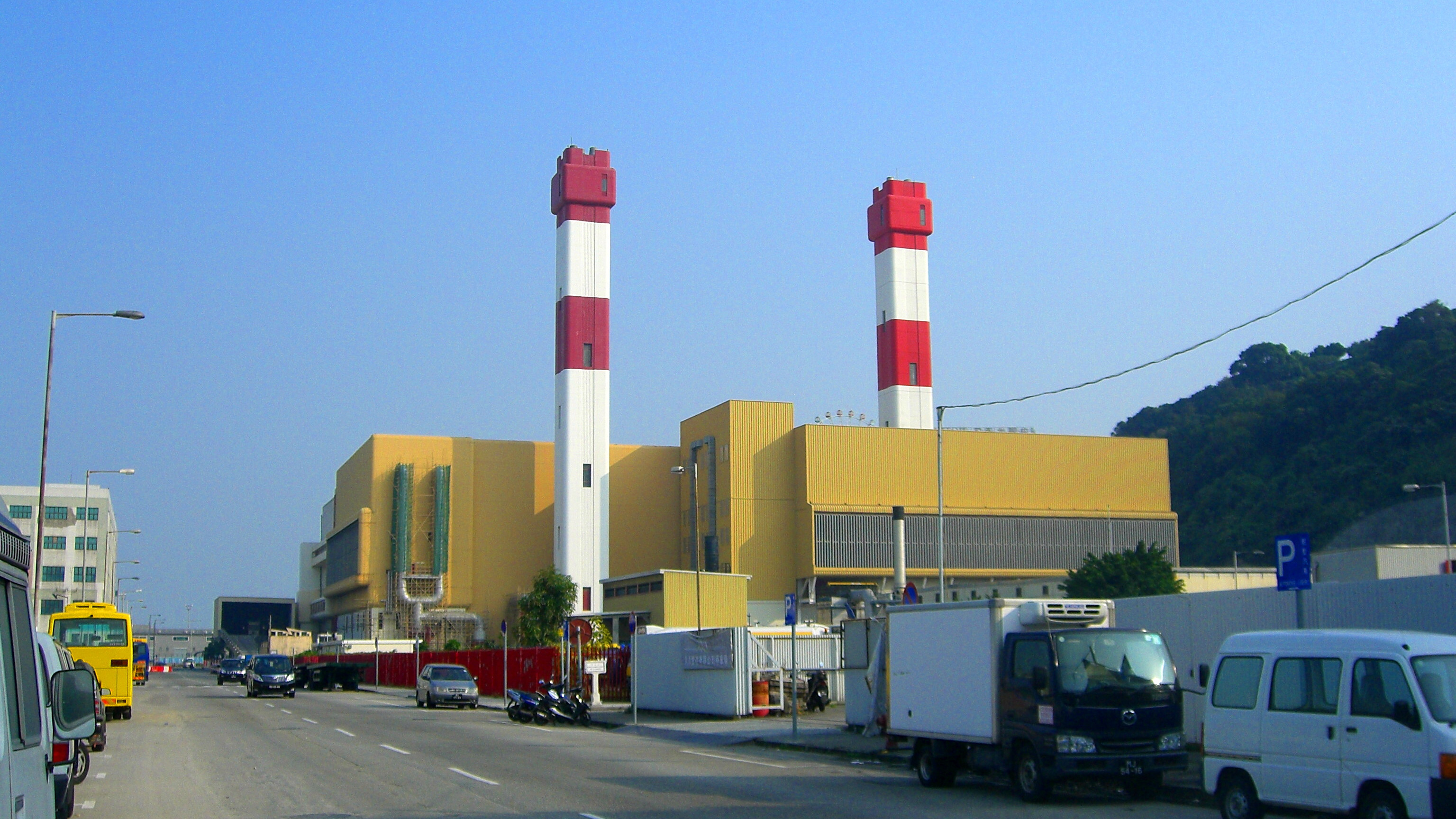
Highest CO₂ emissions
Recycling: Emissions from energy use, still best option
How should we think about plastic's end-of-life emissions?
Plastics are fossil fuels
If we want to clean up the production of plastics and chemicals, we need to consider both:
- Fossil fuel energy
- Fossil fuel feedstock
Electrification
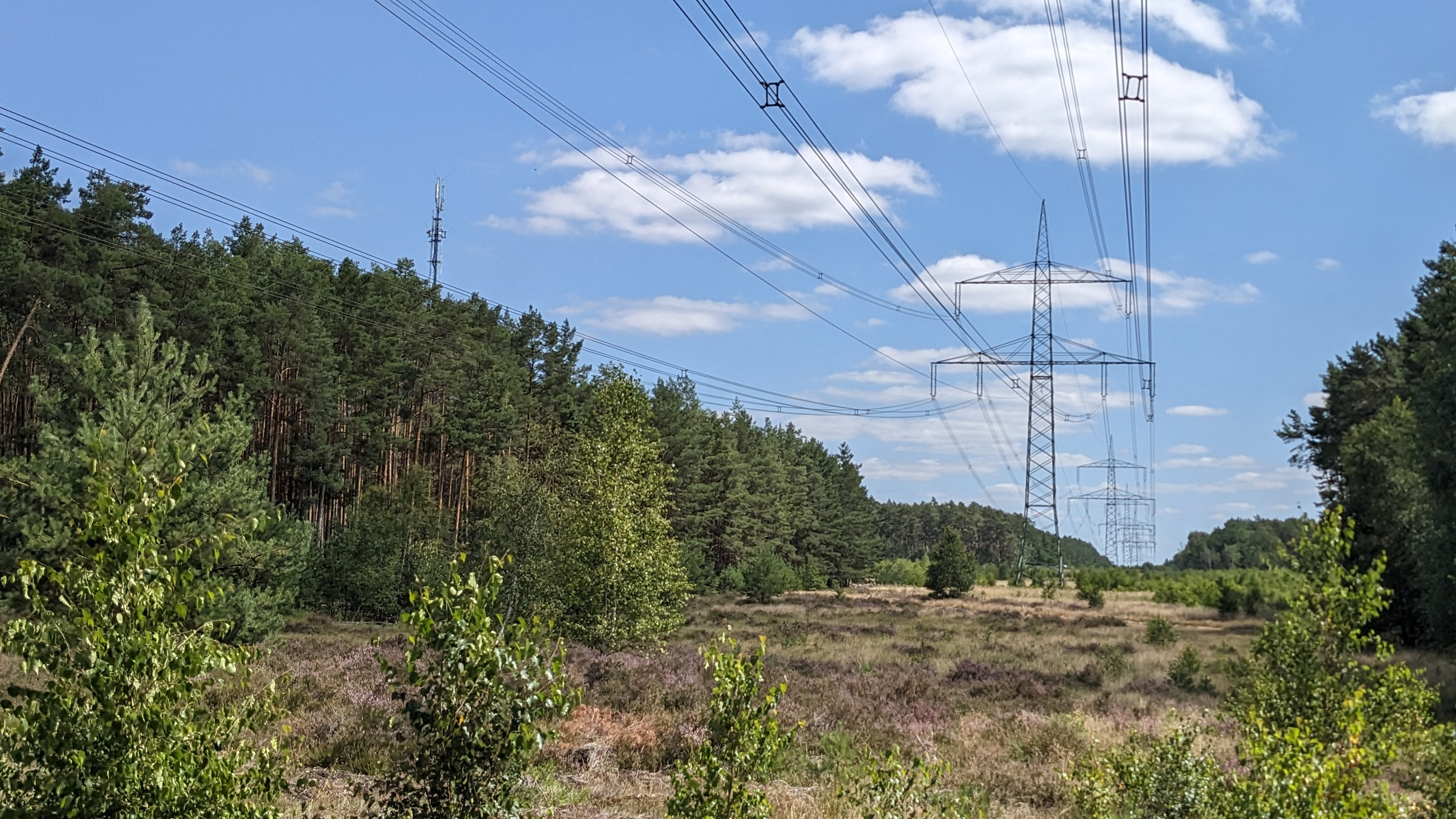
BASF is currently building the world's first electric Steam Cracker furnace in Ludwigshafen
Around 1,8 percent of BASF's Steam Cracker capacity in Ludwigshafen
BASF Furnace: 6 Megawatts
If scaled up to the capacity of BASF Ludwigshafen: 350 Megawatts
Electric Steam Cracking
It is in the early stages, but it appears doable
Replacing fossil fuel feedstock
Power-to-X
Carbon Capture and Utilization
Where does the CO₂ come from?
It requires a lot of energy
- Kätelhön et al, PNAS, 2019: 18-32 PWh (World today: 22 PWh)
- Germany, VCI 2019: 685 TWh, VCI 2022: 464/508/325 TWh (Germany today: 500 TWh)
Can we make this more efficient, and are there alternatives?
Not all Power-to-X technologies are the same
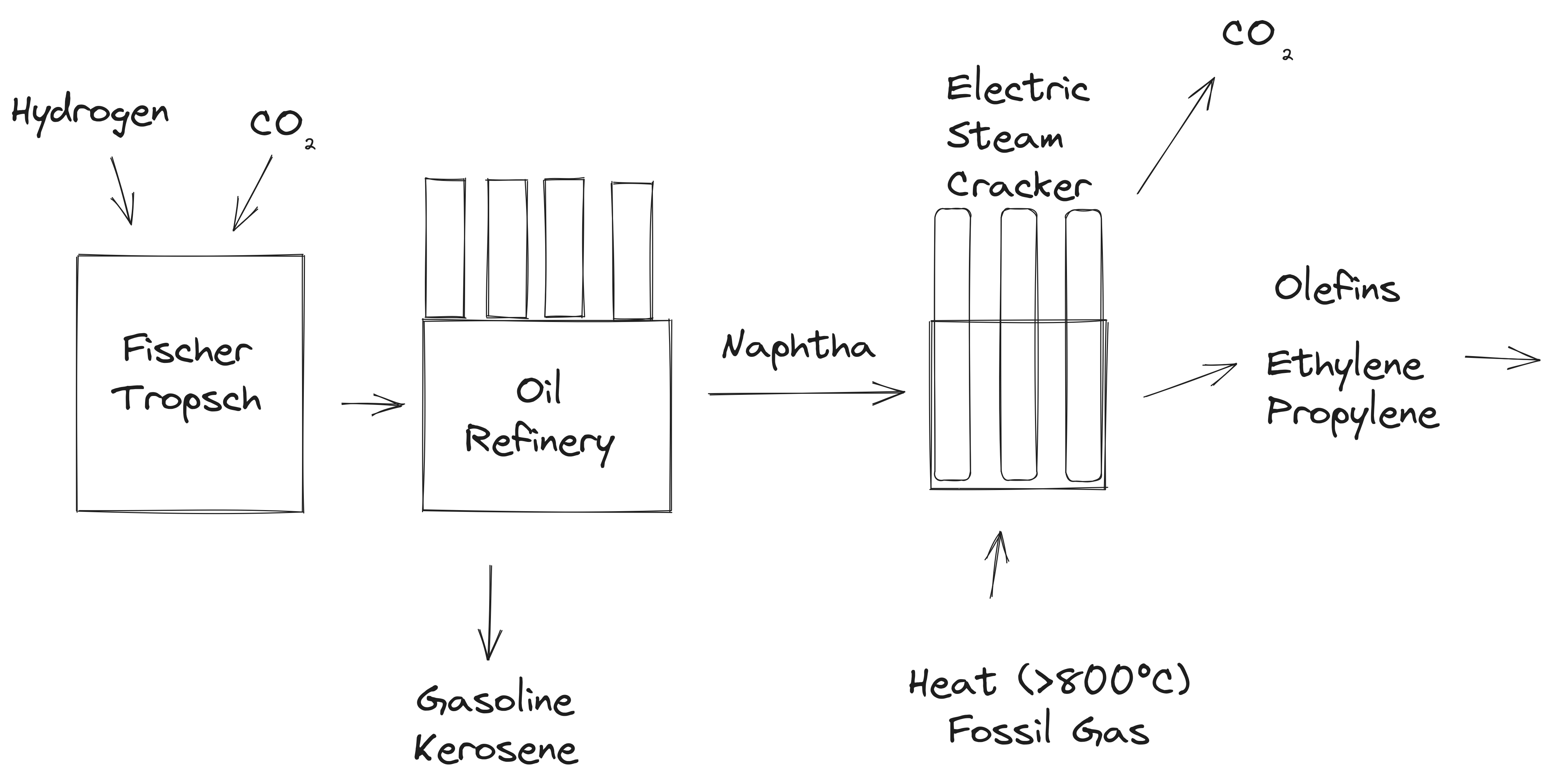

Green Methanol
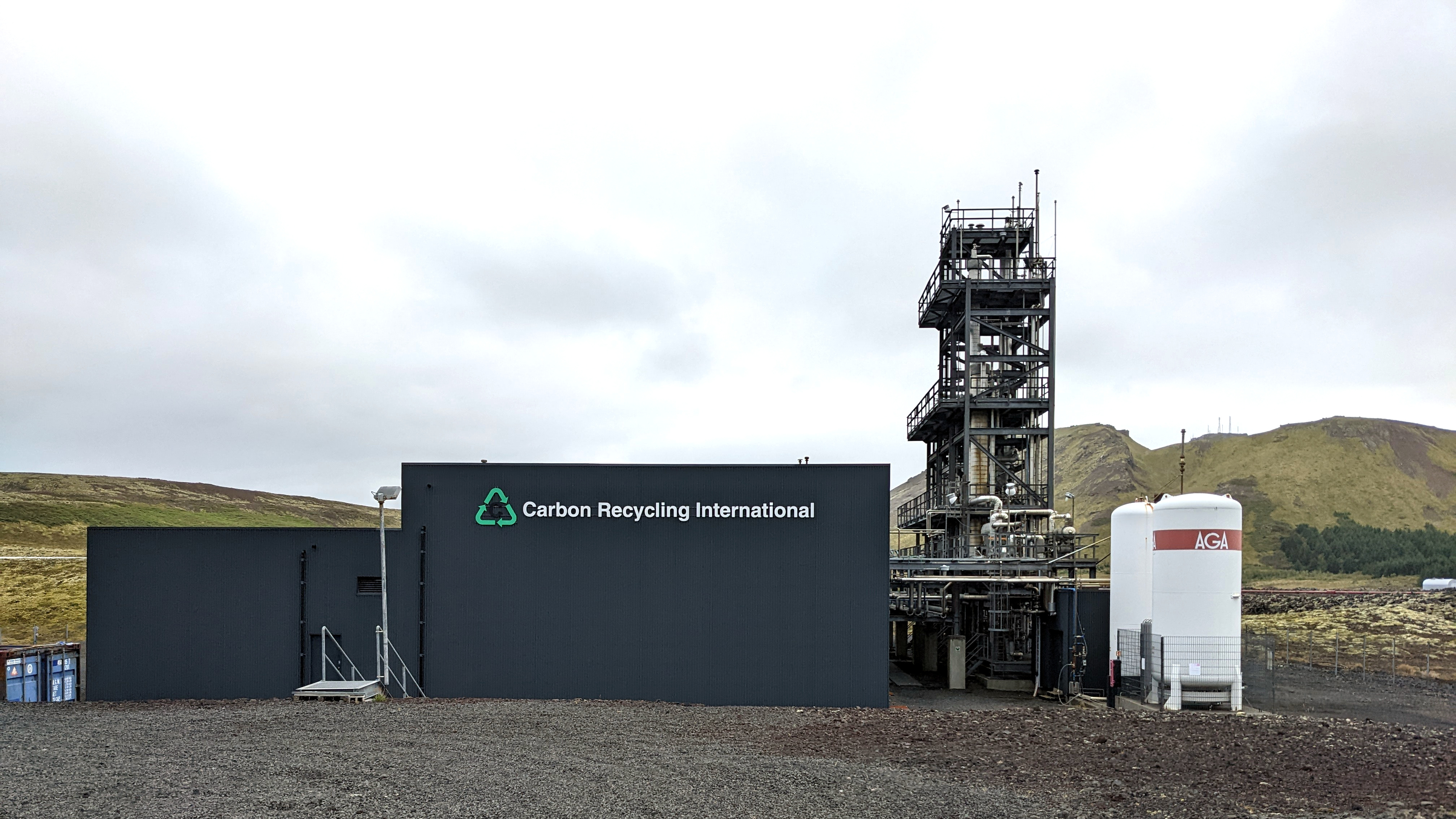
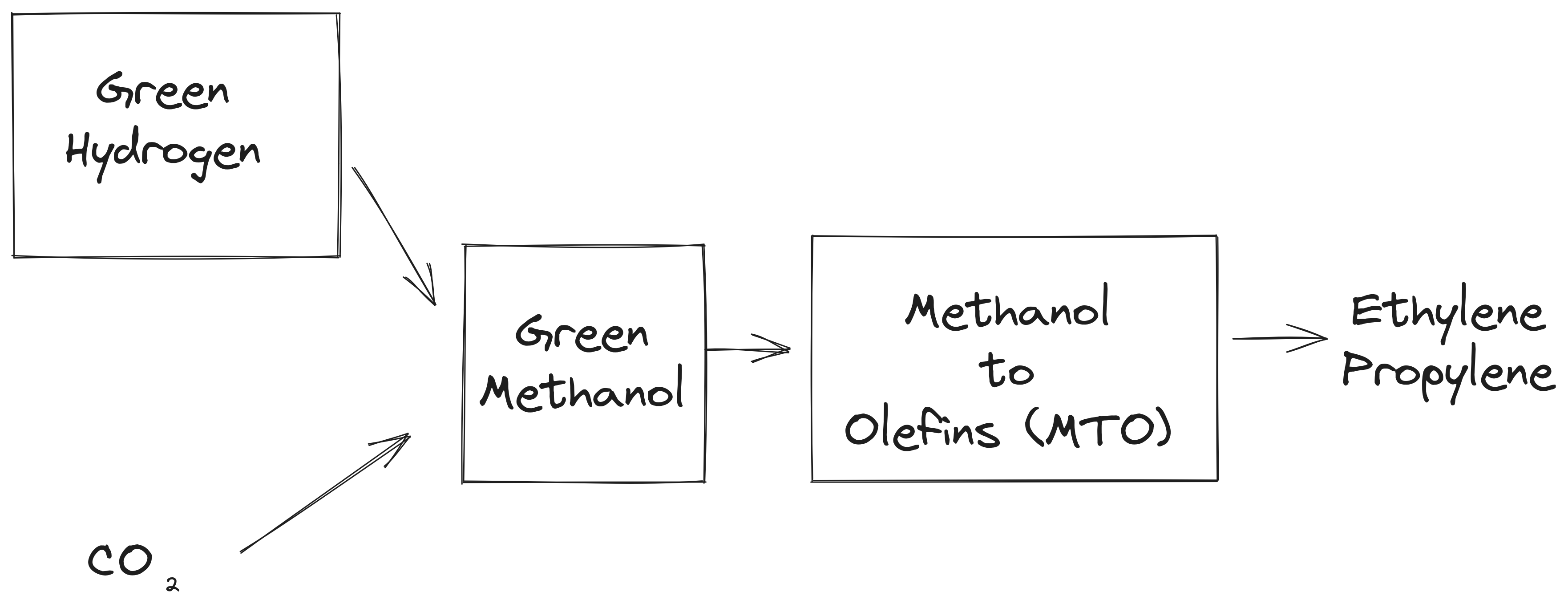
Sailboat CO₂ to Green Methanol project
Collaboration between Jiangsu Sailboat (China) and Carbon Recycling International (Iceland) at China's largest Methanol to Olefins facility
E-Naphtha and electric Steam Crackers
or
Green Methanol and Methanol-to-Olefins
Methanol-to-Olefins is more efficient and requires less energy
Other options
Use less
But beware of unintended consequences
Biomass
Possible, but probably limited availability
Recycling
Plastic recycling rate is 9% worldwide, but it differs widely
Chemical Recycling
Gasification
Pyrolysis
There will probably always be some non-recyclable waste
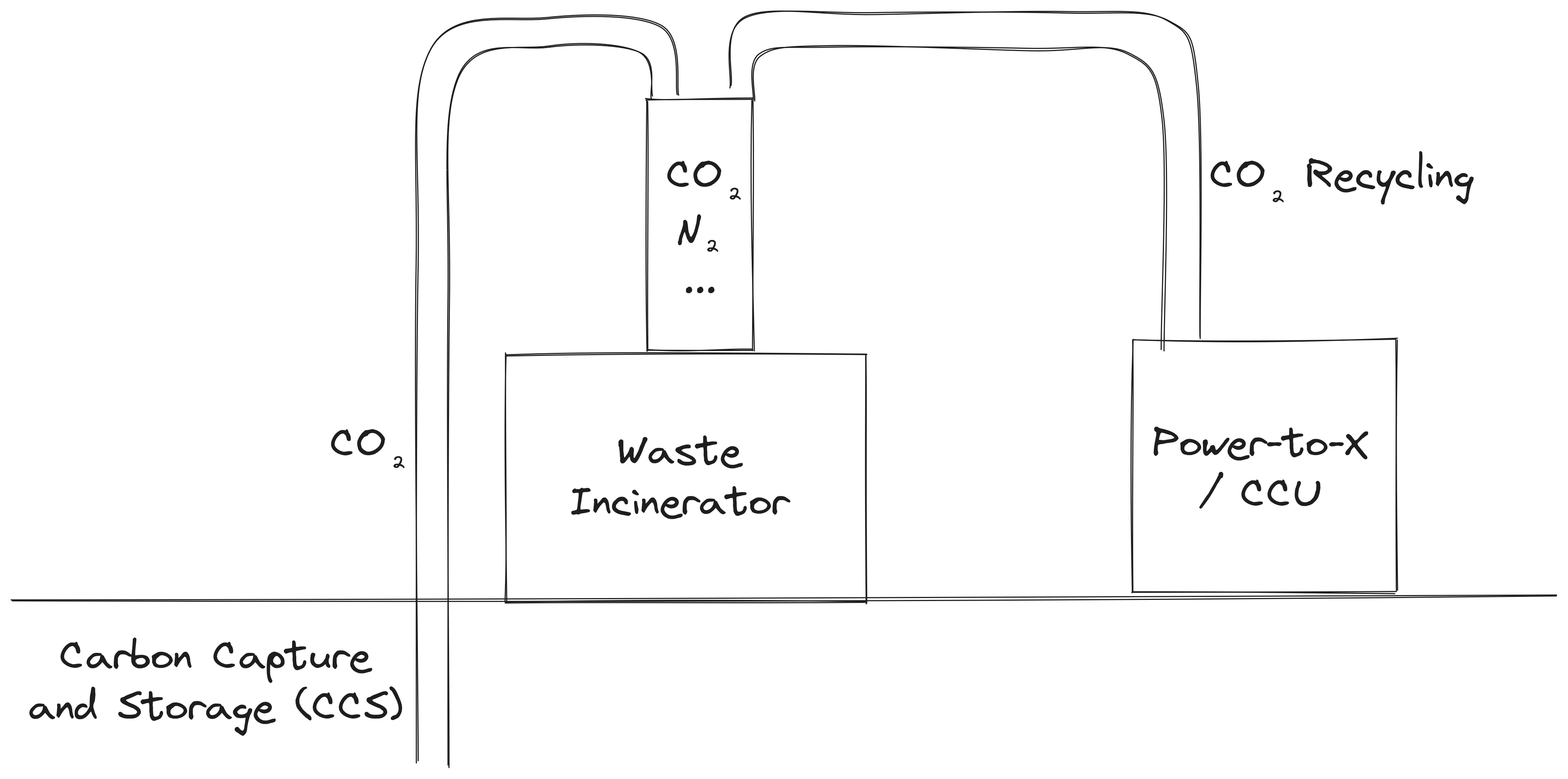
CCS/CCU for Waste Incinerators
- Oslo Waste Incinerator with CCS, currently on hold
- Methanol from Waste Incinerator CO₂ in Zella-Mehlis, Germany
Summary plastics
- We can make the chemicals needed for plastics from CO₂ and hydrogen, but it requires enormous amounts of clean energy
- Methanol-to-Olefine technology is probably more efficient than using existing Steam Crackers
- Using less plastics, biomass, more recycling, and new recycling technologies can help
Glass

Can we run glass furnaces on electricity alone?
It's difficult
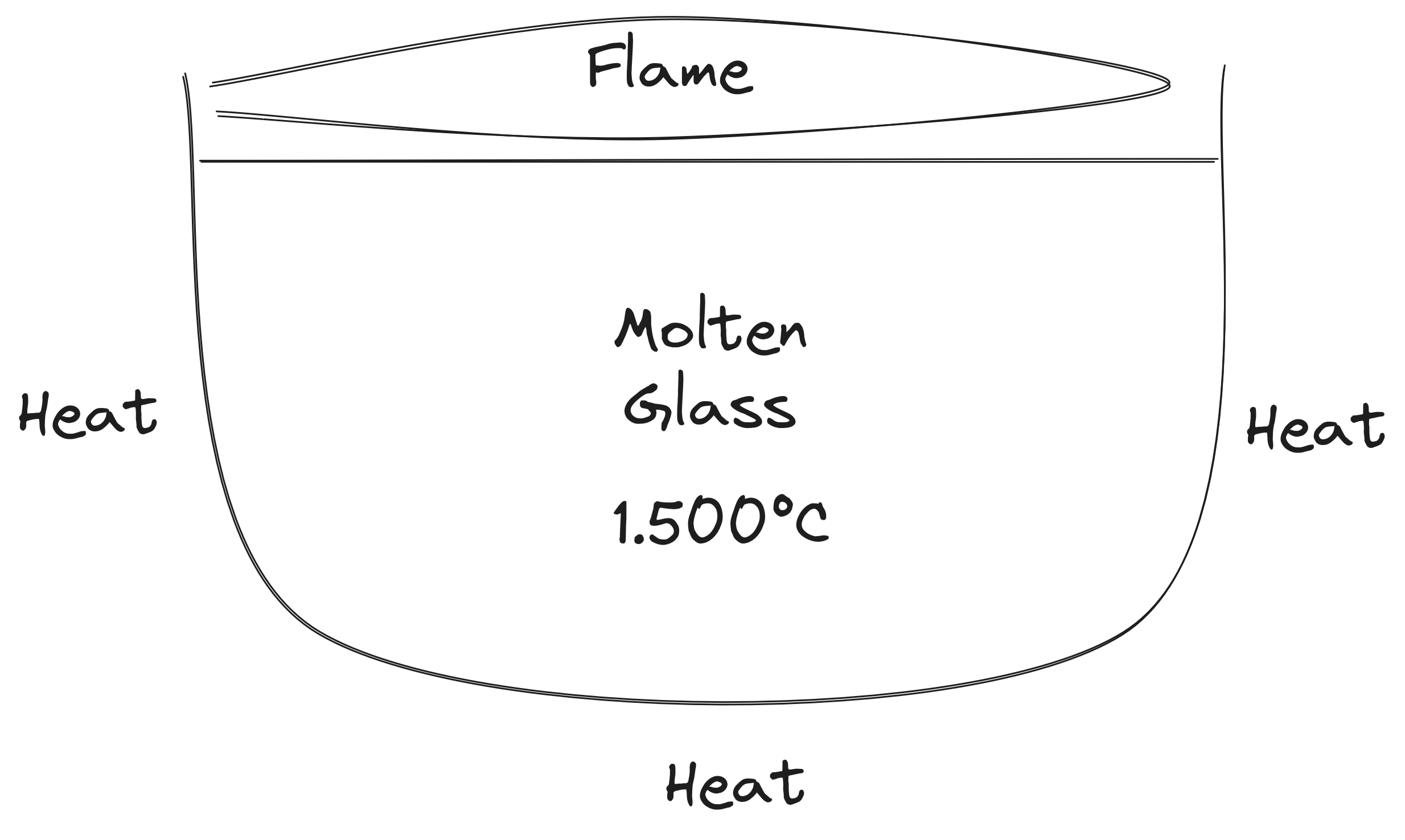
In 2008 the US company Cameron Glass built a large electric furnace for wine bottles
The furnace was unable to heat the glass evenly, it caused a major accident
Cameron Glass filed for bankruptcy in 2009
Can glass furnaces use mostly electricity and some gas?
Hybrid furnace projects
Next-Gen furnace, Ardagh, Germany
Volta Project, AGC, Czechia
Fossil gas could eventually be replaced by green hydrogen
There is another problem
What is glass made of?
Silica (Silicium Oxide, SiO₂)
Limestone (Calcium Carbonate, CaCO₃)
Soda (Sodium Carbonate, Na₂CO₃)

CaCO₃ → CaO + CO₂
Na₂CO₃ → Na₂O + CO₂
The mineral inputs contain carbon and cause emissions
Recycling can reduce these
Carbon Capture and Storage?
Summary
- Fully electric furnaces are difficult to build
- Mostly electric hybrid furnaces with green hydrogen could decarbonize the energy
- No solution for emissions from minerals (carbonates)
Conclusions
Almost every industry needs to change its processes in major ways to avoid greenhouse gas emissions


Public domain or CC0 pictures used:
CO2 graph
Concrete
Aluminium
Glass bottles
Airplane
Container ship
Cow
Steam Cracker
Landfill
Waste Incinerator
Soda
All other photos from my own collection. Illustrations created with Excalidraw.